
Cam Gordon
BY CAM GORDON
Is the city’s once widely acclaimed violence prevention work falling apart?
In February, concerns of mismanagement prompted city council members to propose temporarily moving some violence prevention programs out of the city’s Neighborhood Safety Department to the county. After meeting strong opposition, that idea was tabled, but concerns were not.
“This isn’t just a bureaucratic issue, this work is about saving lives,” said Sasha Cotton, the former director of the city’s Office of Violence Prevention (OVP).
Prior to COVID, Cotton helped Minneapolis reduce gun violence using the Next Step hospital-based case management intervention program, and a Group Violence Intervention program focused on assisting those at high risk for violence. She also helped launch the MinneapolUS outreach initiative to explore the use of outreach workers and trained violence interrupters to prevent violence.
“In recent years, Minneapolis has struggled to maintain its foundational approach,” said Cotton who is now the Executive Director of the National Network for Safe Communities at John Jay College. “Once a national leader in the violence prevention field, frequent leadership and staffing changes have placed this critical work in the hands of individuals with limited expertise in violence prevention. The results have led to damaging public discourse and misleading public narratives casting doubt on the effectiveness of the work and those who deliver it. Most importantly, these circumstances have led to our communities not receiving the violence prevention services needed to keep them safe.”
This appears to be confirmed by a 139 page “Minneapolis Community Safety Ecosystem Asset and Gap Analysis” report released in December 2024 by the New York University Policing Project. “The most significant overall finding,” it said, “is that there is too much informality in the management of city programs and contracted services.”
The city also settled a lawsuit last year that alleged illegal contracting practices within the department. Earlier this year the departments director resigned, and there are other staff vacancies. “Half of the positions within the department are vacant,” said Ward 10 Council Member and Council Vice President Aisha Chughtai, “including the position that manages Group Violence Intervention and Youth Group Violence Intervention contracts.”
In response to the proposal to move oversight to Hennepin County, former-judge Todd Barnette, who serves at the pleasure of the mayor, held his own press conference and wrote a piece that was published in the Star Tribune newspaper attacking city council members and questioning their motives.
Barnette said that the proposal was made “because some council members don’t like who was selected” to get the contracts, and that “we cannot afford to let political games jeopardize the progress we’ve made” even as he appeared to be engaging in those “games” himself.
“Unfortunately,” said Ward 2 Council Member Robin Wonsley after the piece came out, “the Frey administration leadership publicly spread baseless accusations that the proposal was motivated by corruption by council members.”
“I asked Commissioner Barnette repeatedly to provide any evidence of his allegations, he failed to answer any questions or provide any evidence,” said Chughtai.
Problems can be traced back to March of 2022, well before Barnette was appointed, when Mayor Jacob Frey proposed — and the city council approved — creating a new Office of Community Safety that included a new department of neighborhood safety. The restructuring moved the OVP from the city’s health department into the new department.
By June of that year, the director of the OVP, Cotton, resigned. In her time leading the department she had built on work started in 2006 and led by then-Minneapolis Commissioner of Public Health, Gretchen Musicant. By 2021, under their leadership, Minneapolis had joined nine other cities as part of the Obama administration’s National Forum on Youth Violence Prevention and released a revised Blueprint for Action to Prevent Youth Violence.
Minneapolis’ public health approach was based on the “Cure Violence” program that has been independently evaluated extensively, and found to have contributed to violence reductions in several cities — including New York, Baltimore, New Orleans, and Hallifax. It is credited with helping accomplish reductions in homicides by 34 percent in Indianapolis, and in youth homicides in Boston by 63 percent.
“Violence prevention is an emerging science rooted in evidence-based strategies,” said Cotton. “These approaches backed by research are a complement not competition to law enforcement. Each is valuable independently, but together these pieces create a comprehensive ecosystem for reducing violence.”
“Minneapolis can reset this work, course correct new strategies and once again be a role model to other cities, but it will require innovative infrastructure, collaboration and rebuilding public trust in violence prevention,” said Cotton, “A recommitment to its core principles and focusing on evidence-based practices is essential to Minneapolis’ success.”
In March, the council is set to approve 6 new contracts with community organizations, totaling $799,988, for Group Violence Intervention (GVI) services. Last year, according to a recent staff report, the small department had contracts with 60 different groups providing a variety of services.
People are right to wonder if contracting out so much violence prevention work to so many entities is wise. Is the appearance that elected officials are influencing decisions and that community organizations are somehow beholden to them worth loss of trust and confidence that often follows?
Could more of the work be done by city employees, where oversight, training, and supervision would be easier, and the durability of effective programs more likely?
Should more contracts be moved to other departments within the city, like the Behavioral Crisis Response program which was moved to the Fire Department?
One place to start to look for solutions is the NYU Policing Project’s asset and gap analysis. That report offers more than 50 recommendations to improve governance, oversight, accountability, and coordination to “realize the full potential of its community safety ecosystem.”
The establishment of an advisory, or coordinating board, like the Safe and Thriving Communities Work Group proposed by Wonsley, Chughtai and Ward 9 Council Member Jason Chavez, also has promise.
Cotton believes community credibility is essential for any group contracted to do violence prevention work and that the city must invest in them with “rigorous training, technical assistance, and genuine expertise in violence prevention.”
“Minneapolis,” said Cotton, “has the opportunity to reclaim its leadership in this space and build a safer future for all.”



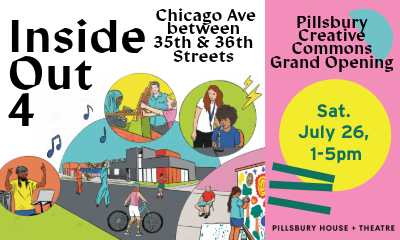
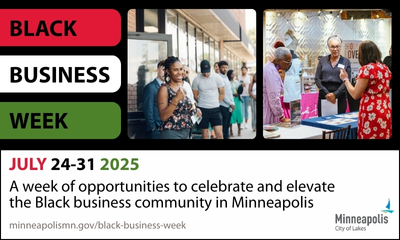




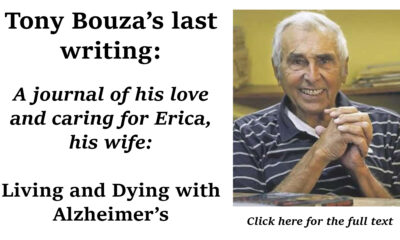
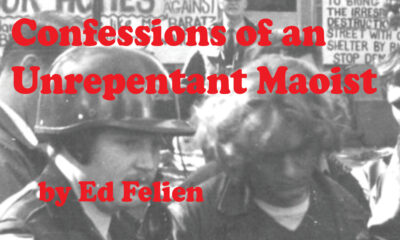

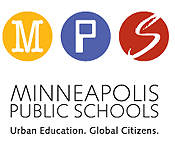










You have young, predominantly black males with no fathers in the home, a frightened city that doesn’t want to offend anyone …